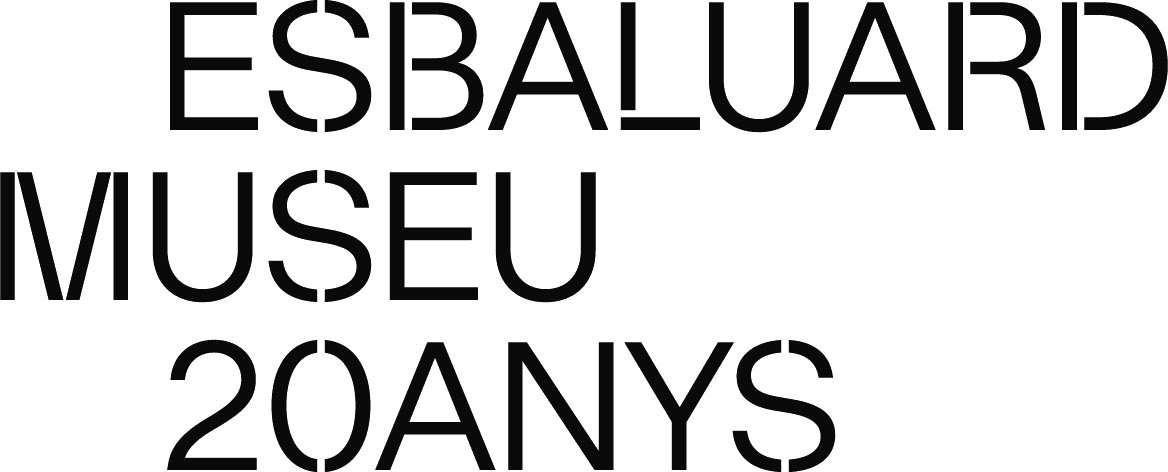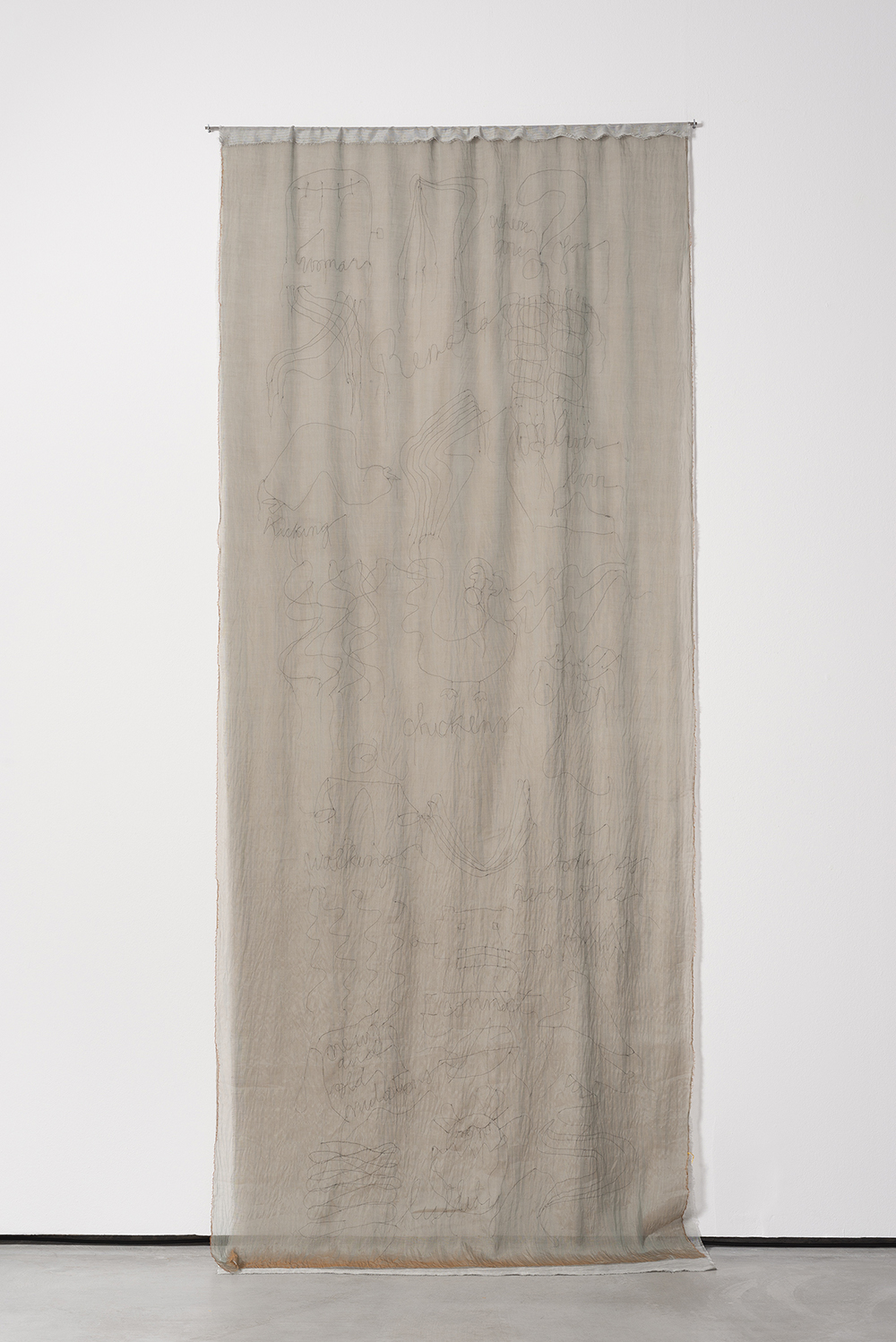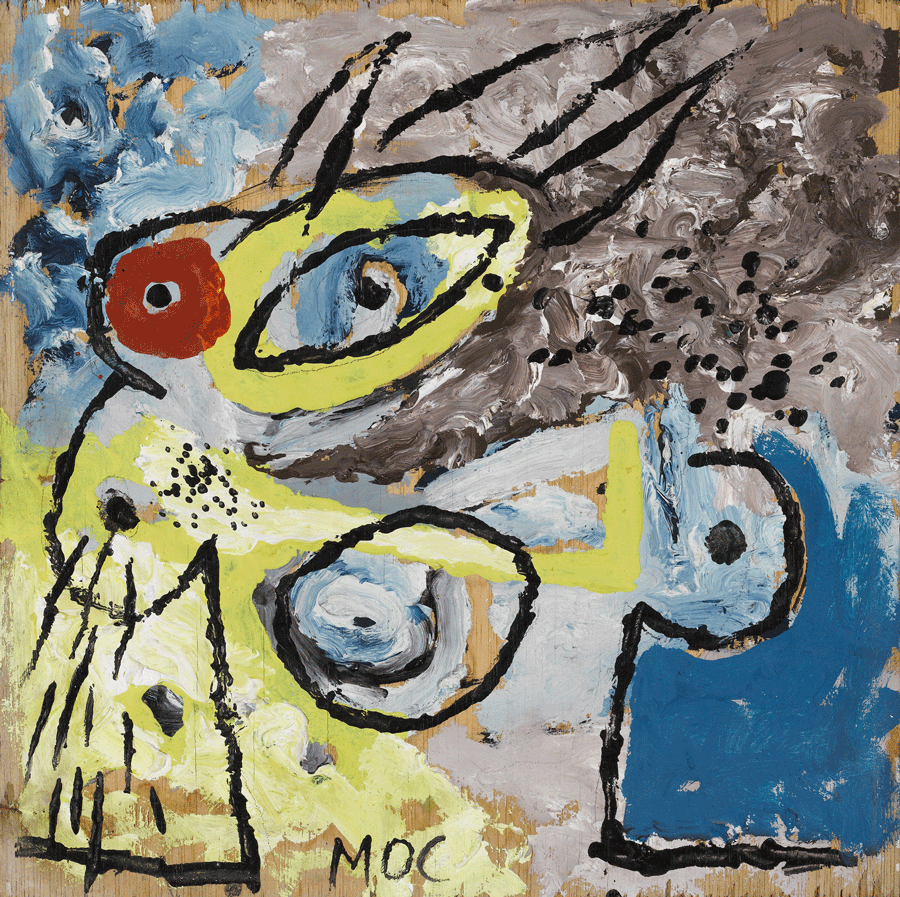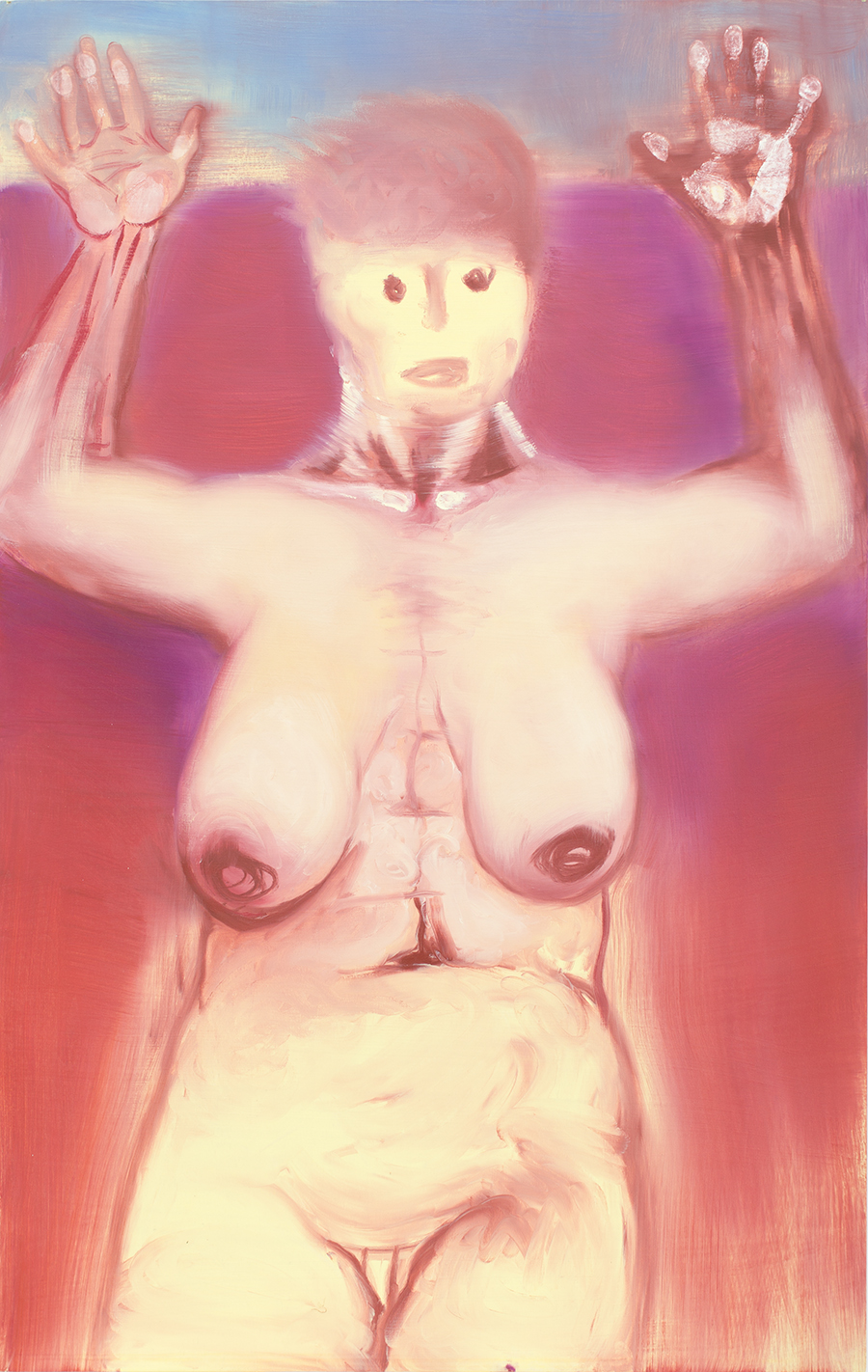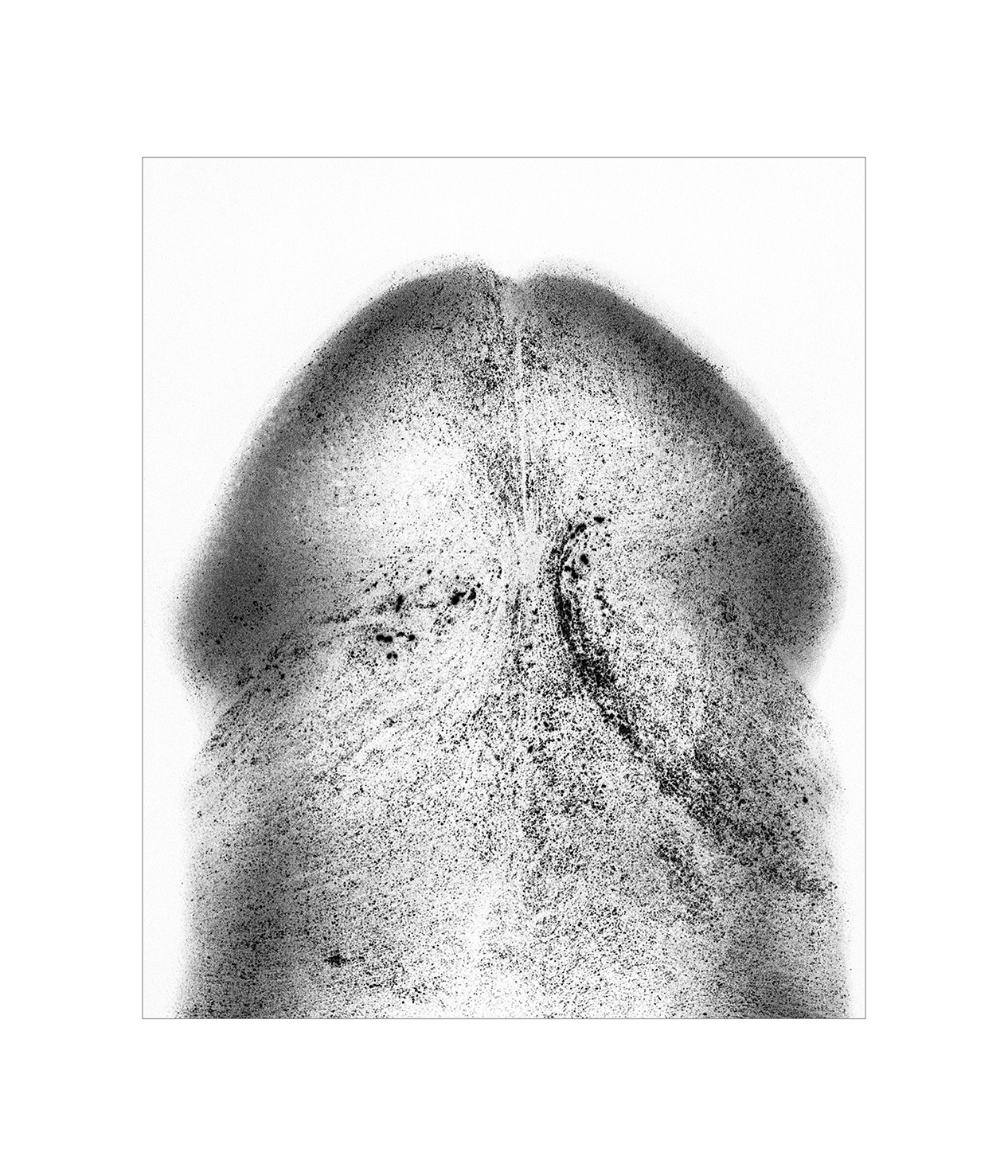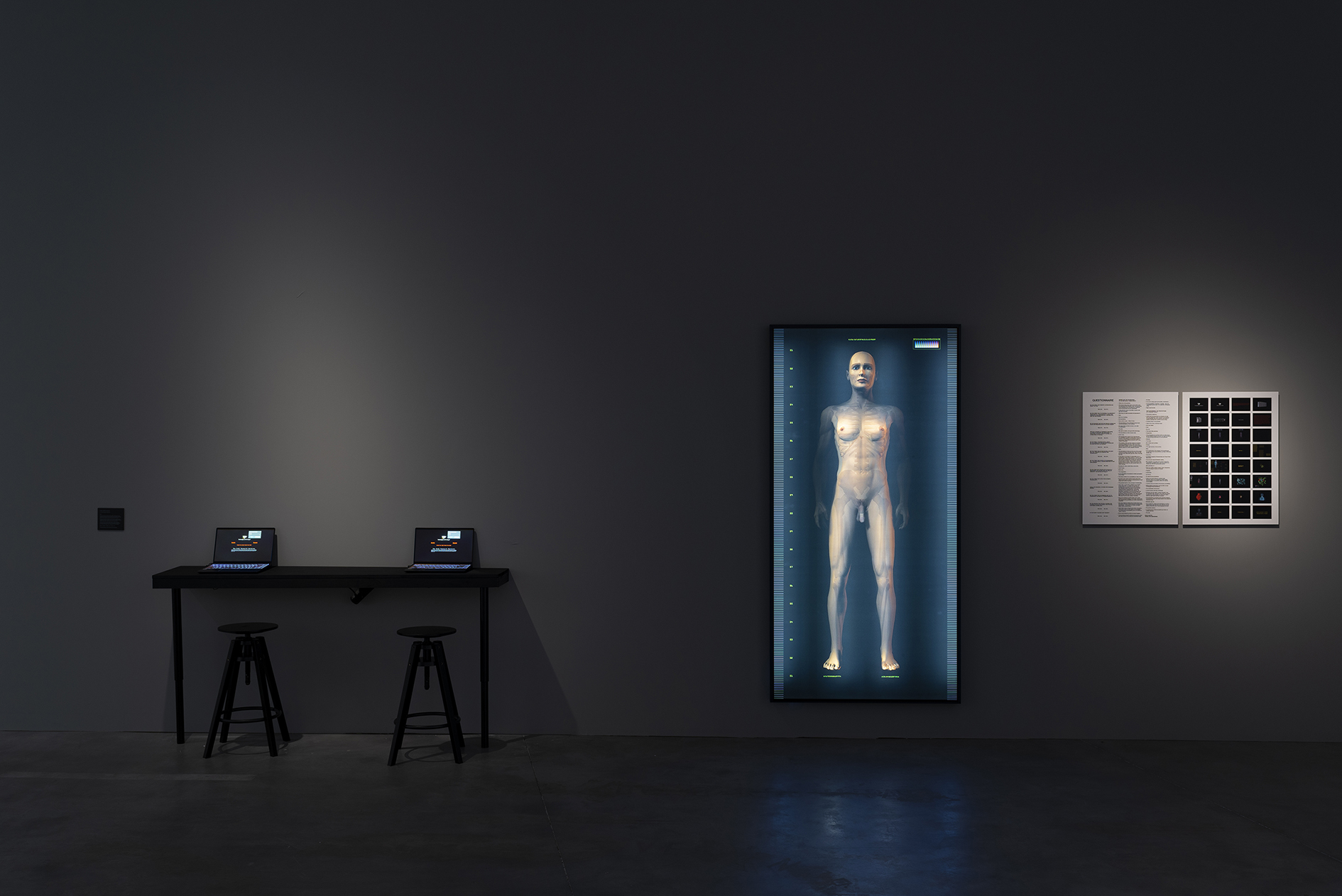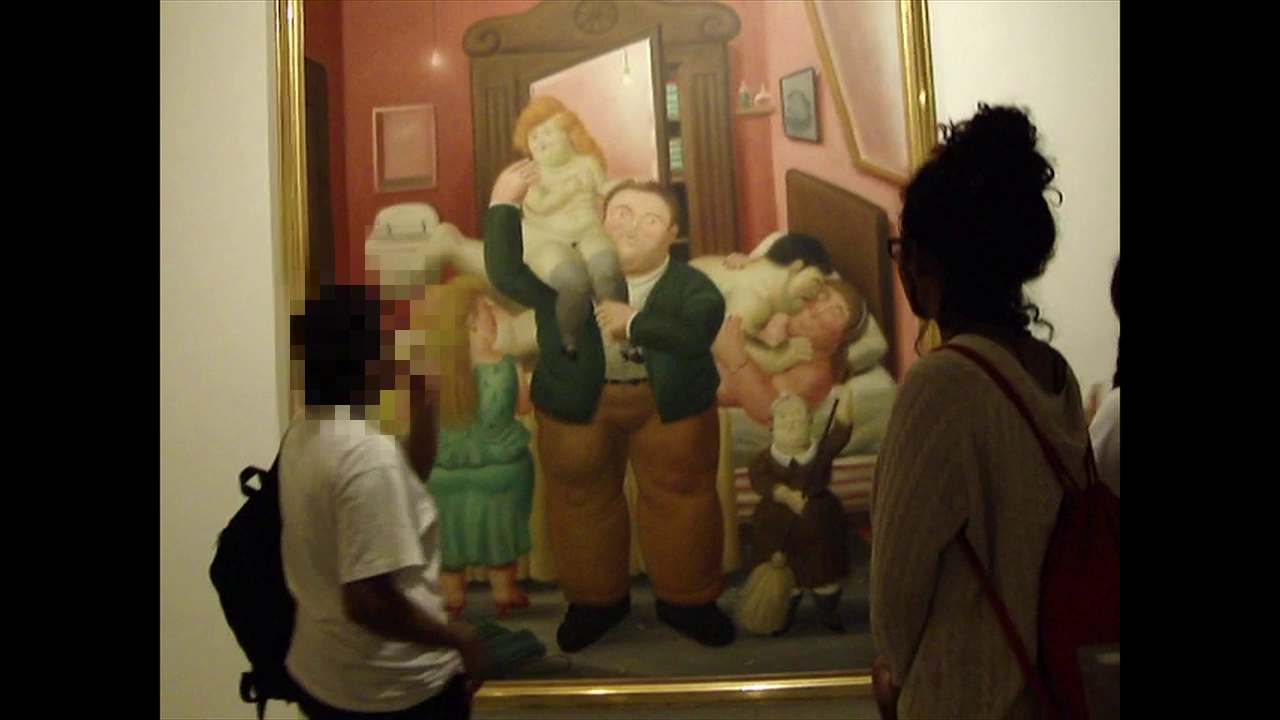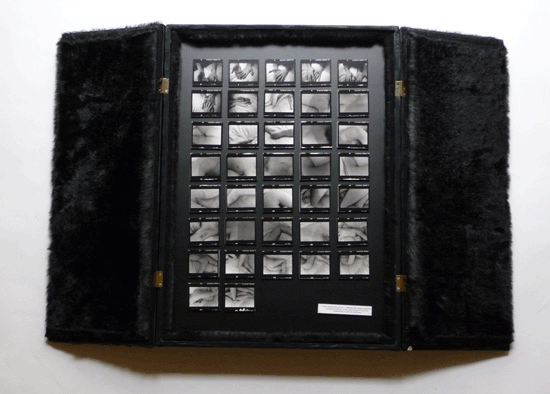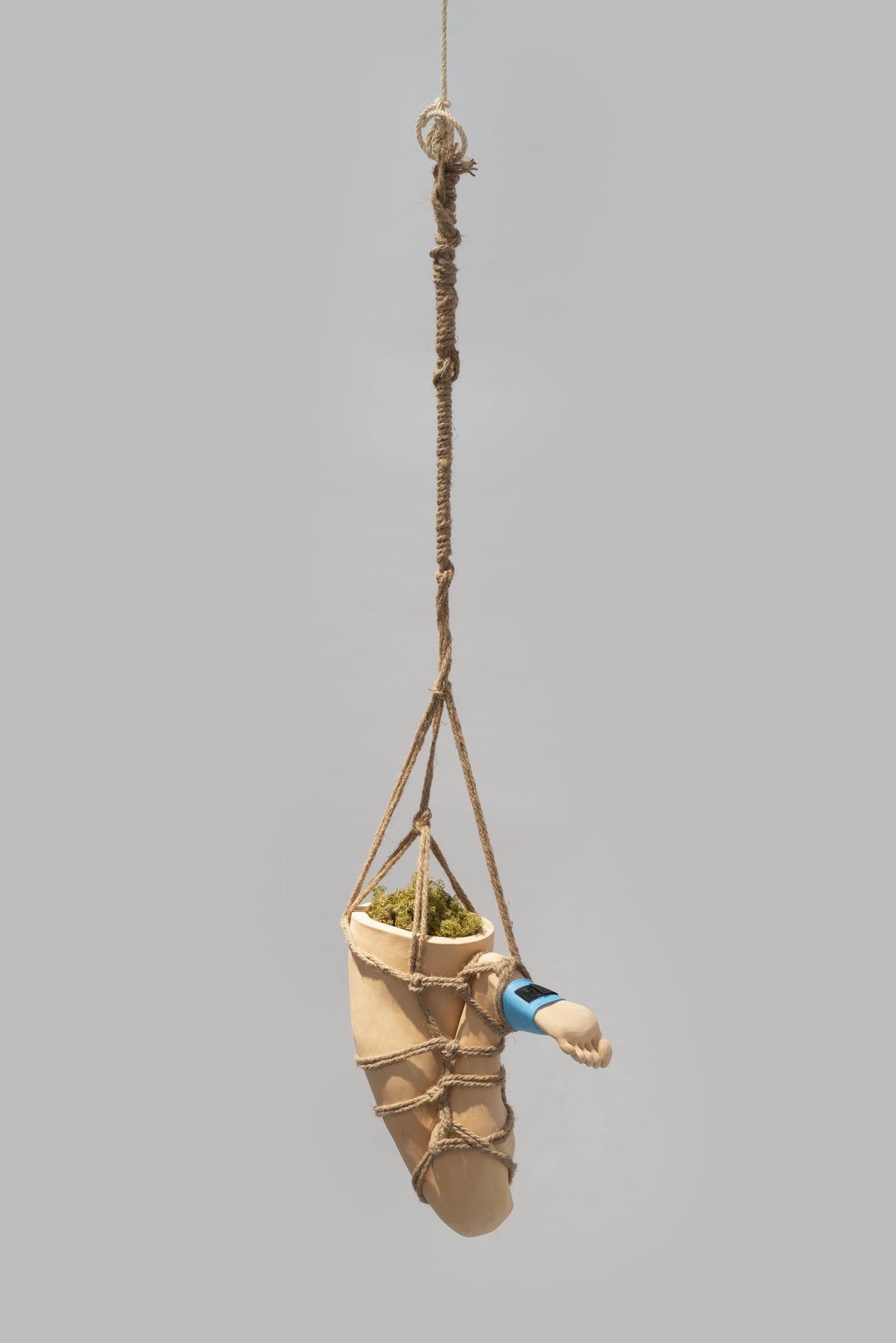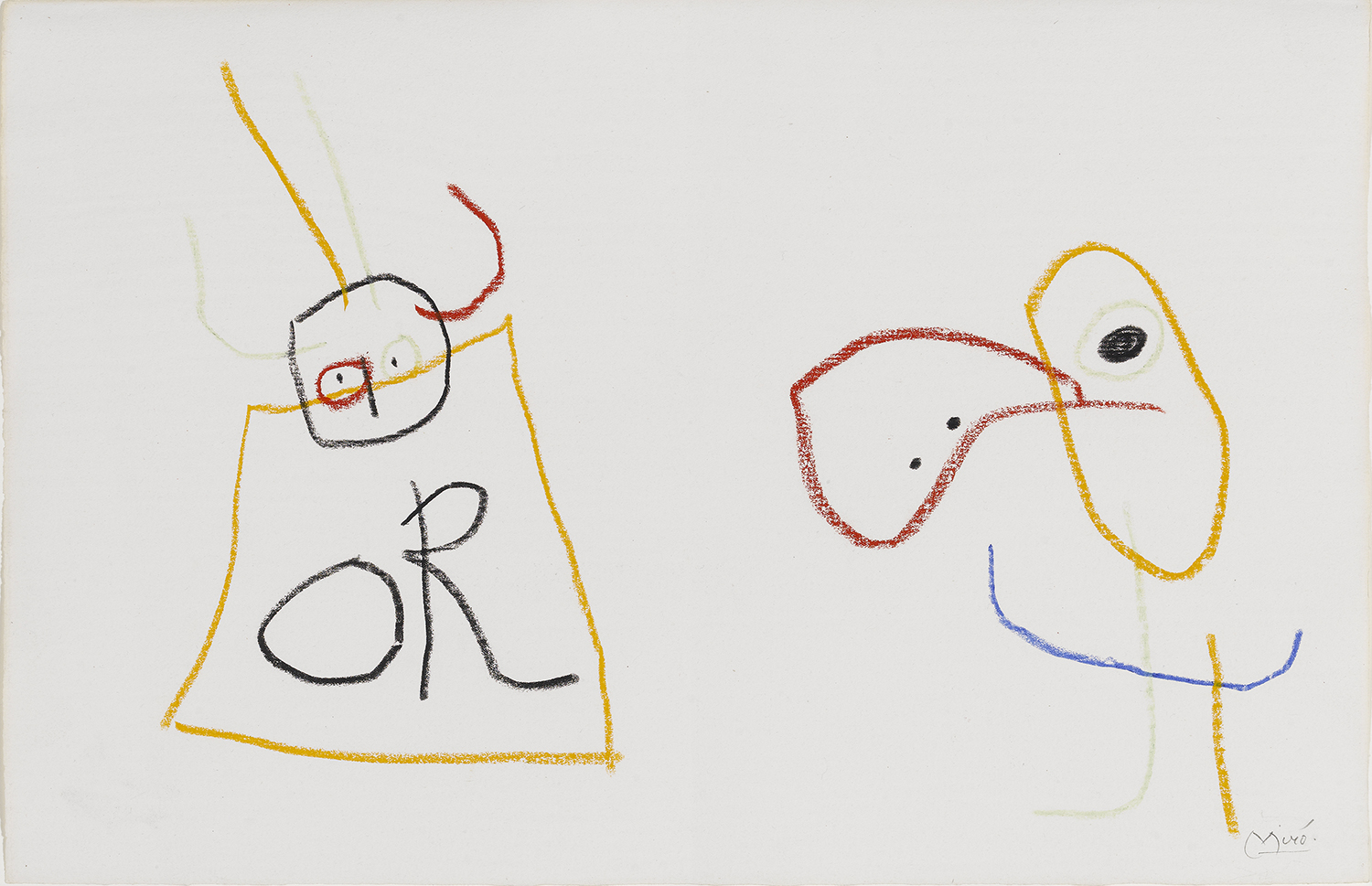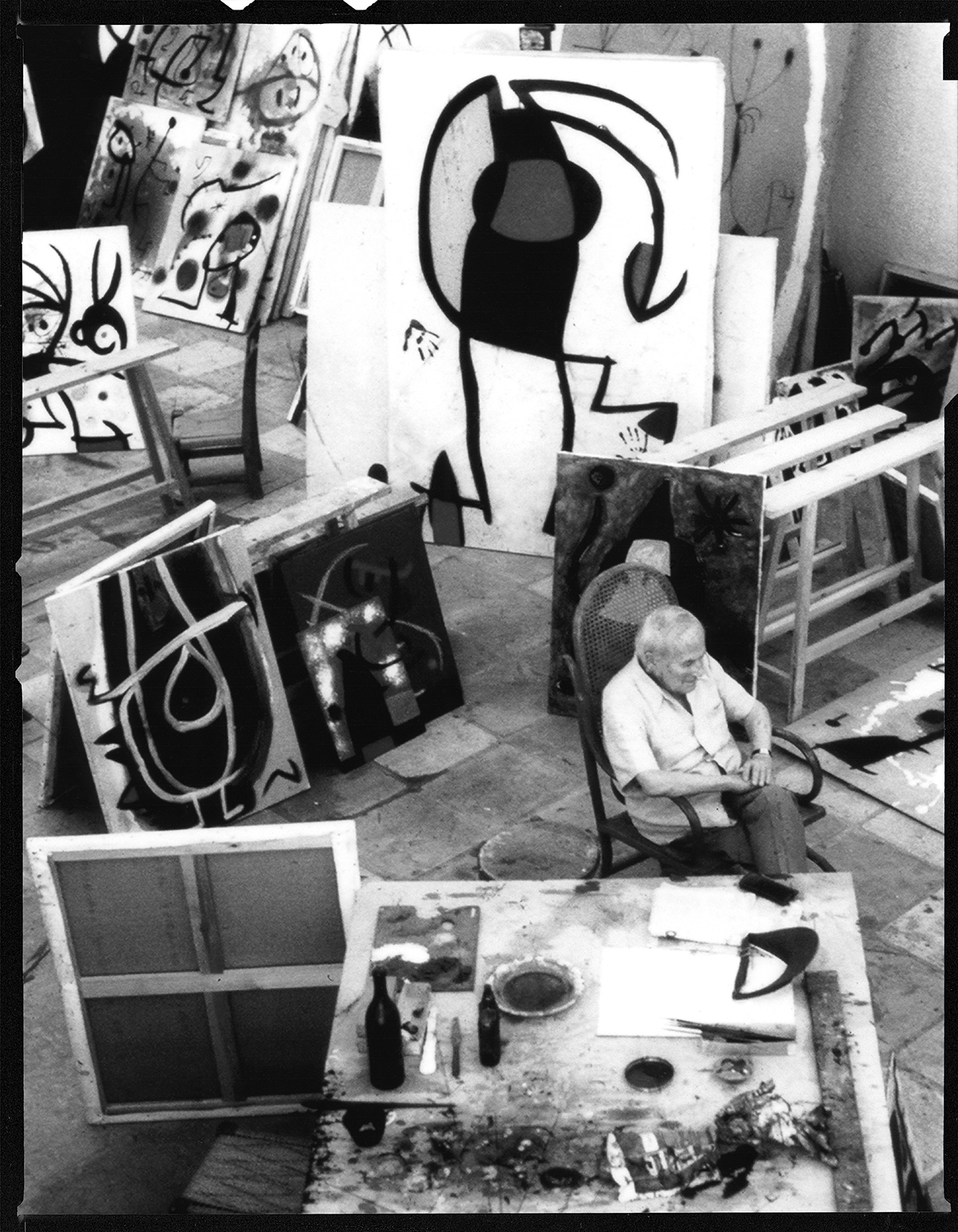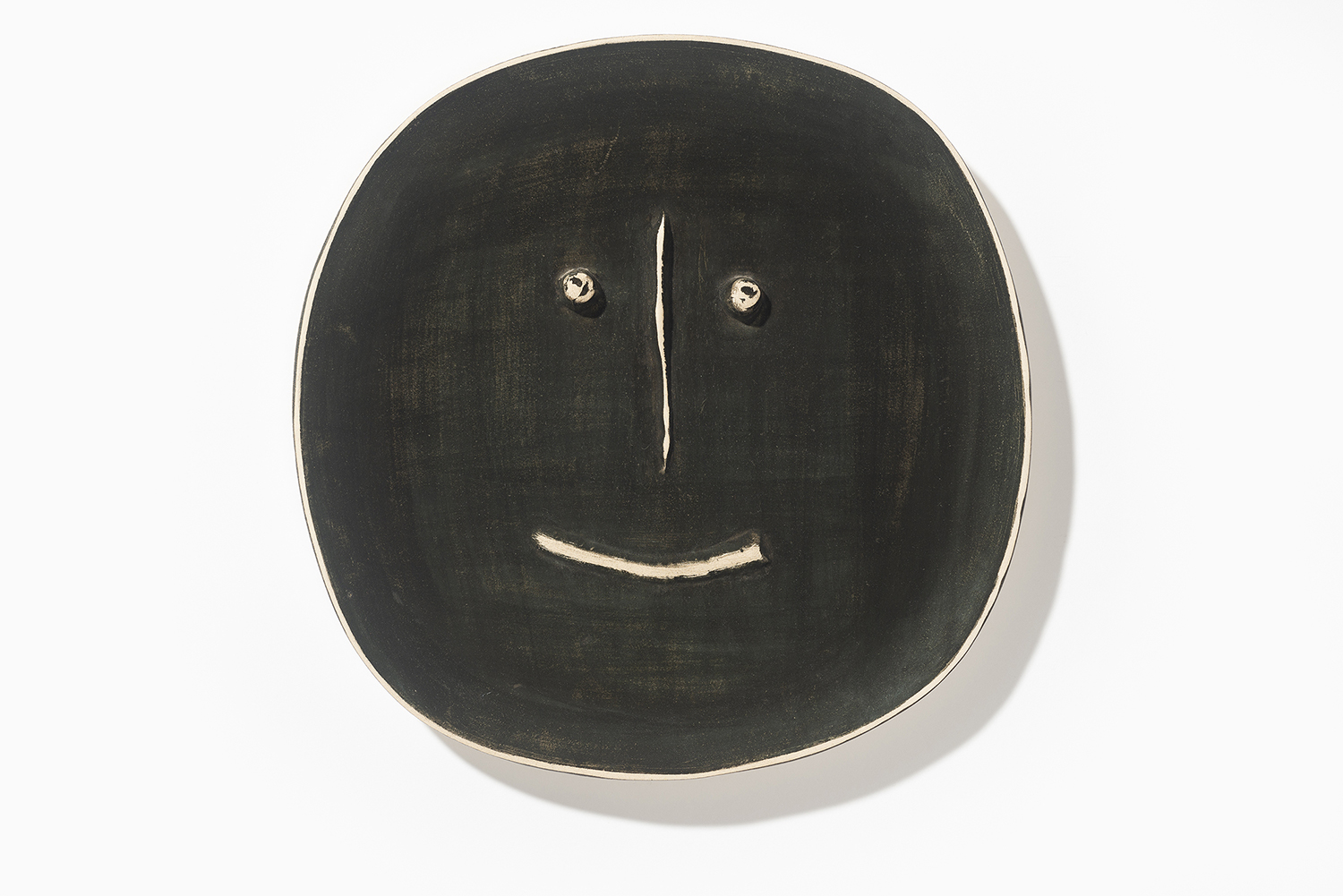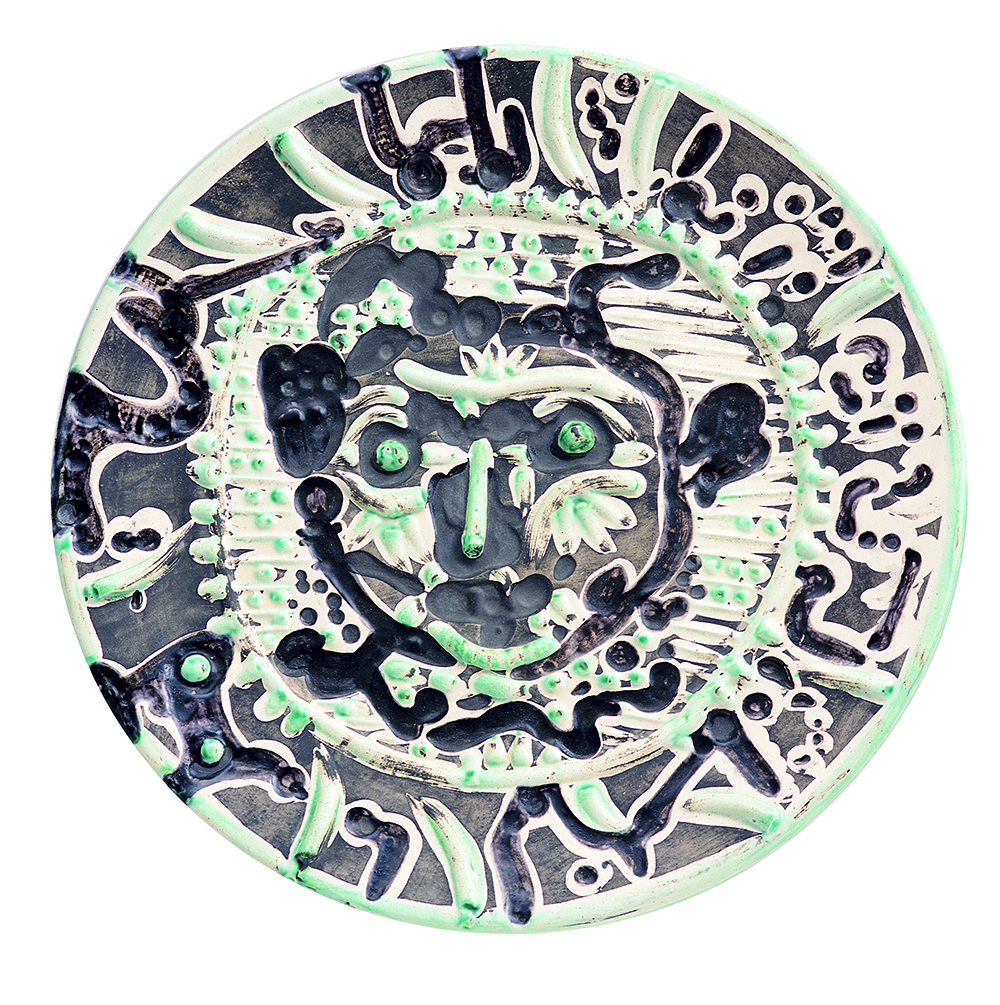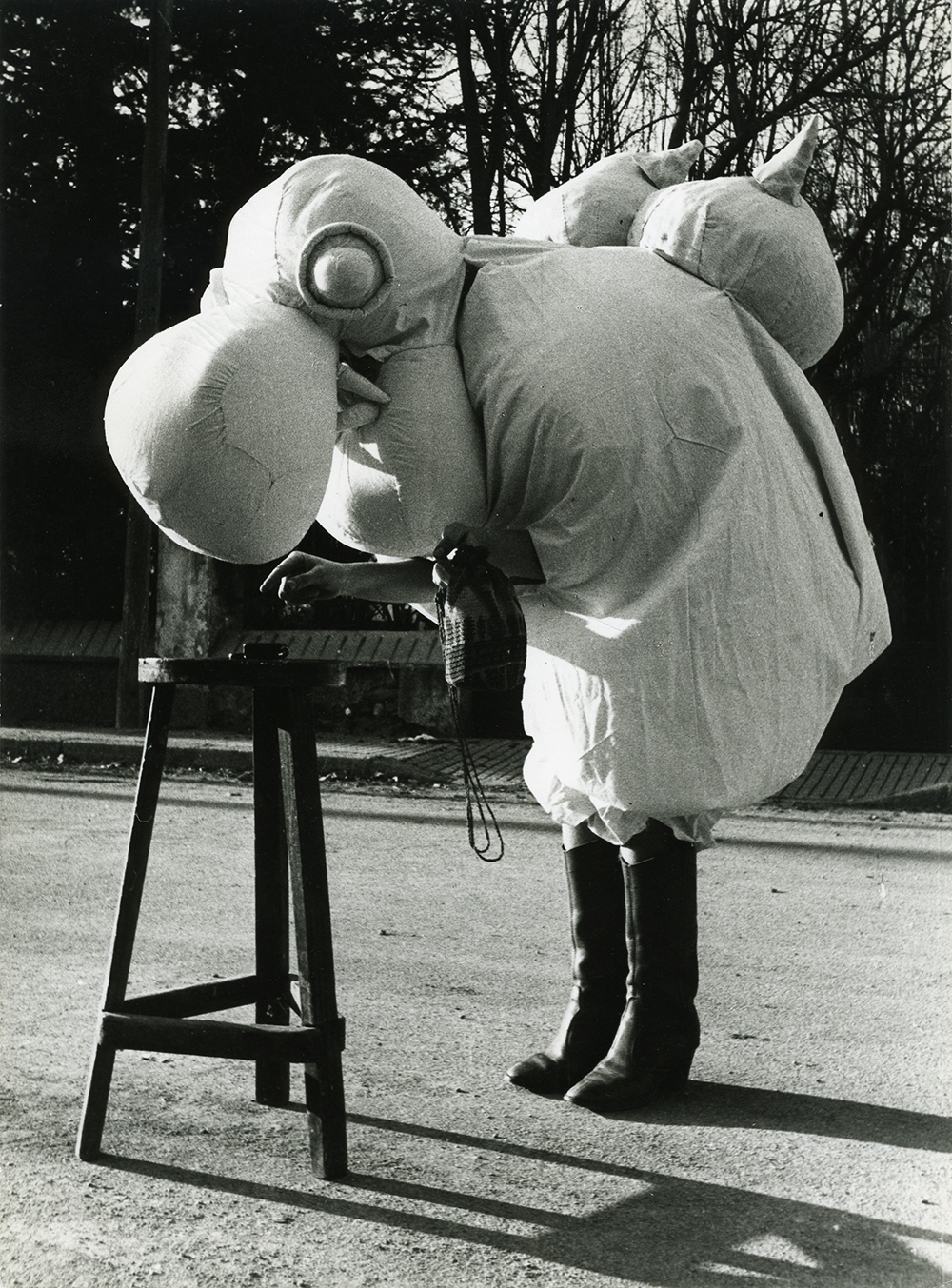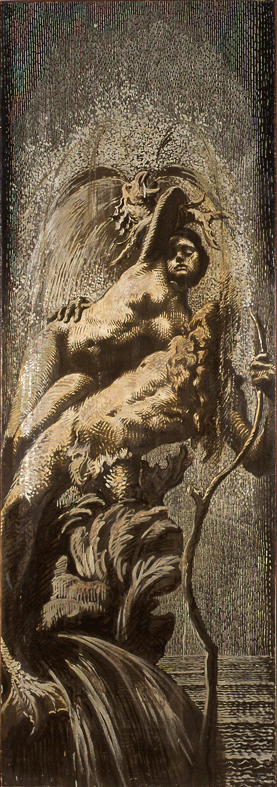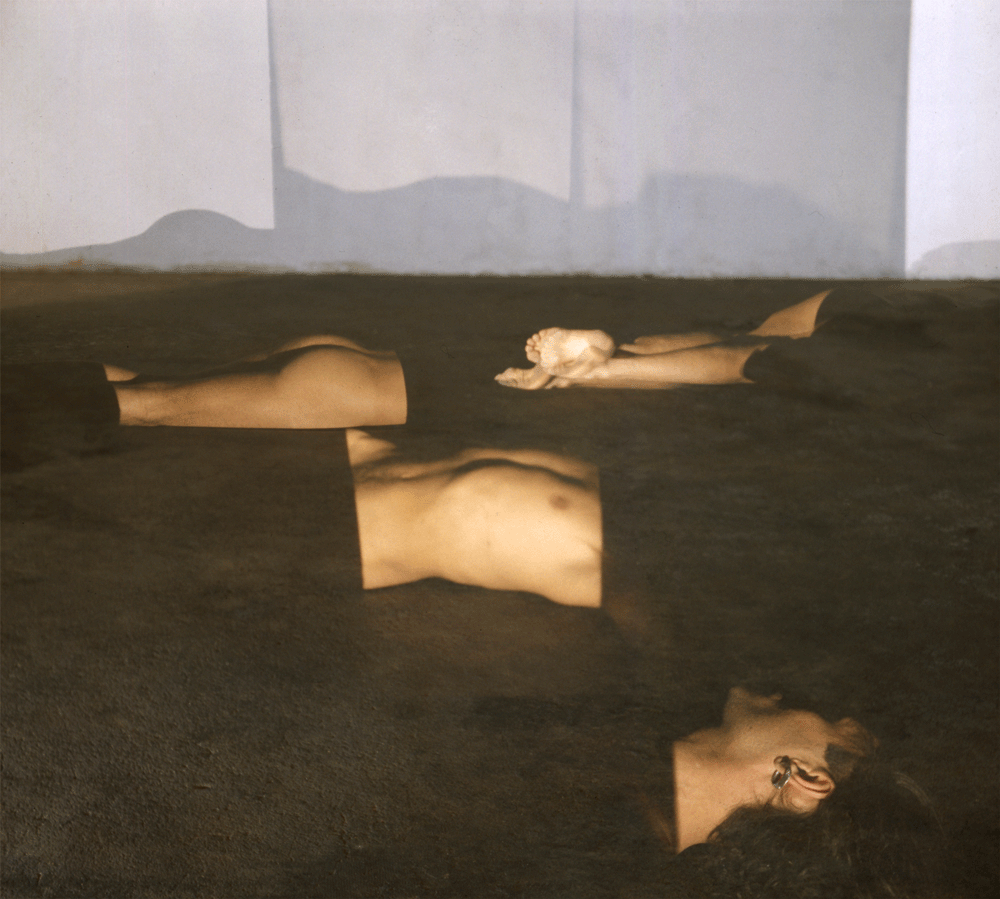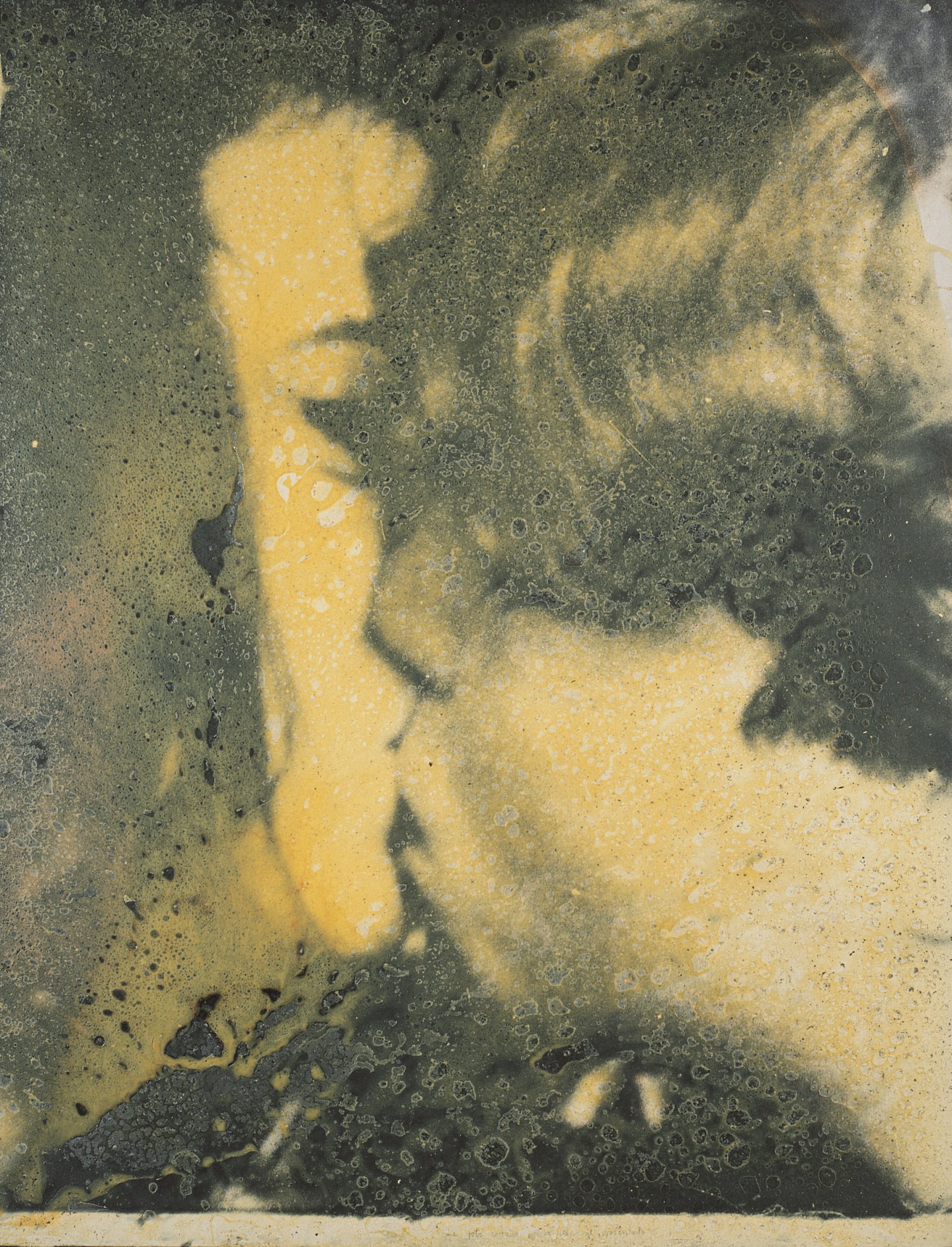 Joan Miró, Le Chien d’Ubu, ca. 1977 (detail). Paint, fabric and diverse materials, 184x80x22 cm. Es Baluard Museu d'Art Contemporani de Palma, Govern de les Illes Balears collection long-term loan. © of the work of art, Successió Miró, 2021. Photograph: David Bonet
Joan Miró, Le Chien d’Ubu, ca. 1977 (detail). Paint, fabric and diverse materials, 184x80x22 cm. Es Baluard Museu d'Art Contemporani de Palma, Govern de les Illes Balears collection long-term loan. © of the work of art, Successió Miró, 2021. Photograph: David BonetPersonae: Masks Against Barbarism
“Personae: Masks Against Barbarism” is a revision and analysis of the Es Baluard Collection that is based on one of the exploratory areas that define its identity: how the human body is conceived as a reflection of the socio-political circumstances of every epoch.
Starting with one of the collection’s key features, the set of puppets and drawings Miró made in relation to Alfred Jarry’s Ubu Roi, the project considers how since Antiquity human beings have needed an alter ego, another self, a disguise, enabling them to freely express themselves in times when the given historical context has impeded such expression. Deeper research then leads us to the creation of identity, based on analysis rooted in the relationship between the body, the individual and the image.
The proposal activates various foundational pieces of the Es Baluard Museum Collection, together with new works, all within a novel paradigm: the need to write new narratives on the legacy of heritage that are based on the constant factors that define each period.
It is important to point out how, over the twentieth and twenty-first centuries, the gaze in relation to the subject has been transformed, and how this very transformation has given rise to a new imaginary realm. By considering representations anchored in the 1920s, 1950s and 1970s, or from the earlier part of this century, we are able to ask ourselves who we are, and especially to wonder about what makes it impossible for us to be.
The exhibition is built around three differentiated sections. The first part involves the set of materials comprising the research Miró carried out and concluded with the theatrical adaptation entitled Mori el Merma [Let the Freak Die] (premiered in the Teatre Principal of Palma in 1978, in collaboration with Joan Baixas). The characters are typified by nepotism and an assortment of decadences, filtered through a powerful dose of irony. The body of work is accompanied by a sound piece made for the occasion by Robert Wilson. The proposal creates a critical atmosphere, calling out against injustice.
The second section focuses on a set of pictorial expressions, most of which were done in the second half of the twentieth century. They introduce us to transformations that have taken place in depictions of the human body. Amputations, fragments and disjointed faces together form a universe from where to think of ourselves, leading to understanding the dearth of those civil rights that might enable us to speak of a just social contract, where citizens might live in freedom.
Finally, a third section presents various propositions made mostly from the 1970s to the present, all based on reflections culled from questions of identity. In this way, we are brought before various works, times and contexts where the individual speaks to a lack of freedom from where to speak in the truest of voices. Various kinds of oppression characterise our present-day experience, leading to degrees of deformation when it comes to getting to a reliable image of bodies. We are witness to a kind of iconography where artistic gesture drives vindication, based on the acceptance of various critical subjectivities making up the contemporary societies we live in, and a multiplicity of corporeal incarnations.
In times when the burden of morality and dogma is managed as a modus vivendi, with the sole aim of vetoing freedom of expression, this exhibition illuminates the meaning of the term “person”, leading us more directly to the defence of fundamental rights.
